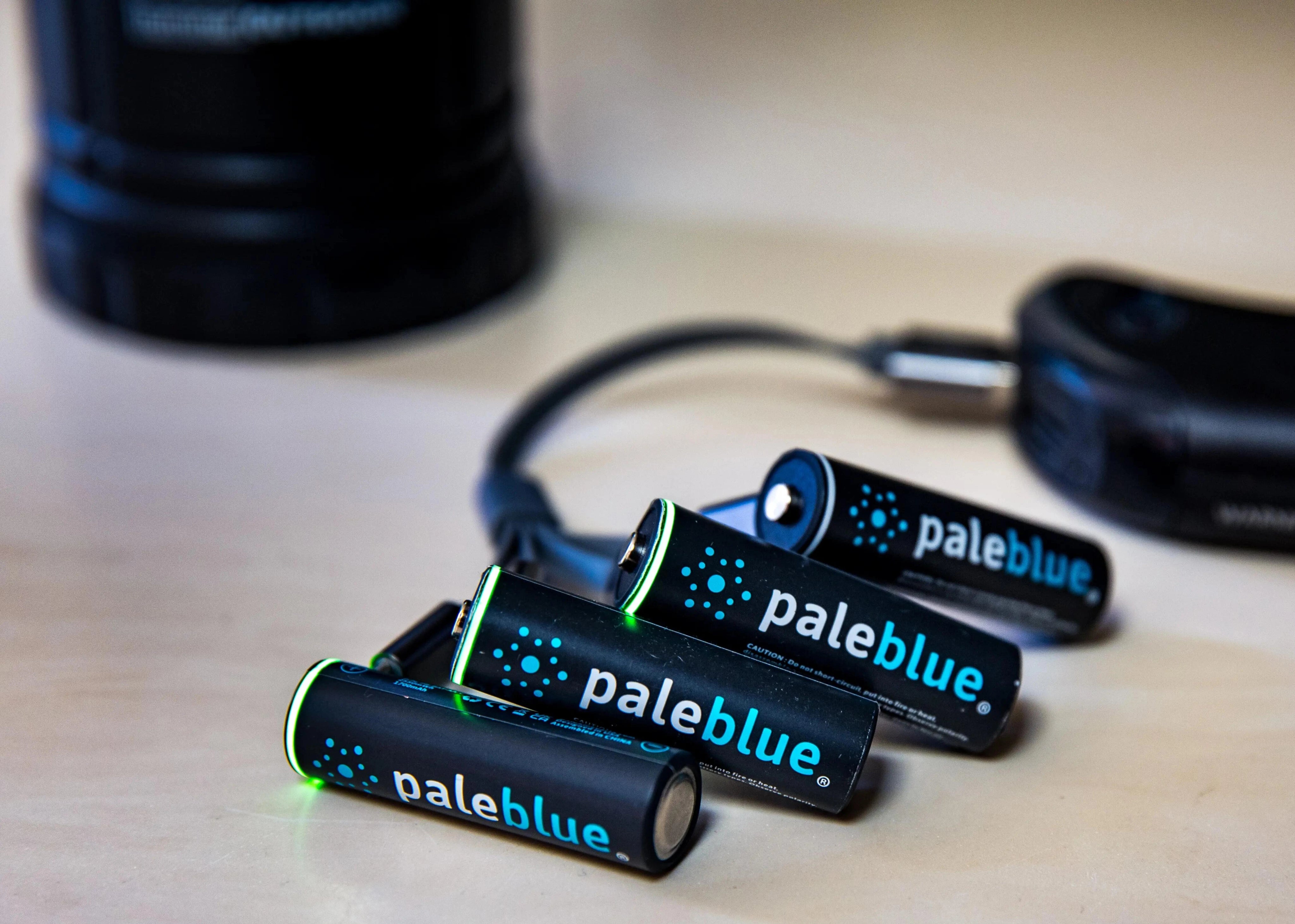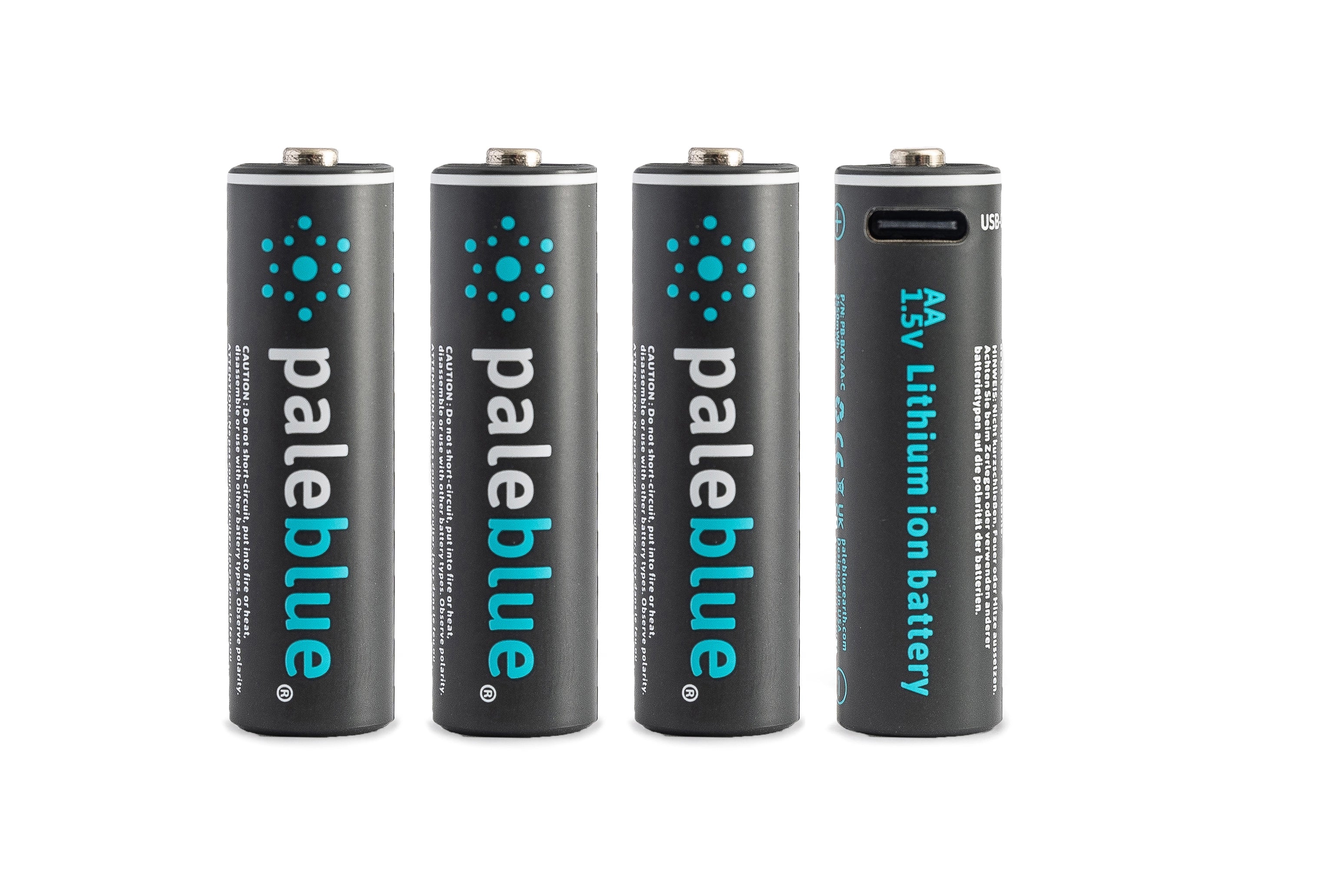Can you overcharge a battery?

Rechargeable AA, AAA, and other types of batteries are designed to last for years, whether they’re used regularly or just kept as backups. While it’s obvious that these batteries have to be charged regularly in order to be useful, not everyone is aware of the potential consequences of overcharging. These can include a shortened lifespan, overheating, or damage to the battery.
In the majority of cases, the worst that will happen is a shortened battery life. This is especially true for rechargeable batteries that come with a trickle-charge feature, which automatically turns off the charger once the batteries have reached full capacity. Even so, given that rechargeable batteries have been known to overheat or even explode after being overcharged, it’s best to follow the manufacturer’s recommendations when charging your batteries.
Signs of an Overcharged Battery
If you accidentally overcharge your batteries once in a while, it probably won’t make that much of a difference. However, if the batteries regularly get overcharged (especially if they’re lithium-ion batteries), they may display the following warning signs.
Overheating Batteries
Every type of rechargeable battery is designed to accept a certain voltage and amperage as it charges. If there’s excess current going into the battery – such as when it’s fully charged, but still plugged into the charger – this can result in overheating. This is generally the first sign of an overcharged battery; not only can it damage the battery itself, but it can also present a fire risk if the battery is resting on flammable materials.
Swelling or leakage
When lithium-ion batteries are chronically overcharged, this damages their interior chemistry. This can occasionally lead to swelling or leakage, which of course will ruin the batteries, and possibly whatever they were resting on as well. A trickle-charge feature goes a long way towards preventing this issue, but users should still exercise common sense to avoid overcharging their batteries.
Battery Explosion
Lithium-ion batteries of various types have made headlines in recent years after exploding or catching fire, which has made some people hesitant to use them. However, statistics show that when they’re used correctly, only one in every 10 million lithium-ion batteries fail. Unfortunately, this statistic doesn’t apply to batteries that are overcharged or otherwise misused. Once a lithium-ion battery reaches the point of overheating, it usually isn’t that far away from potentially exploding. Even though this is extremely rare, it’s still something to watch out for.
These are all pretty obvious indications that something’s wrong, but overcharging your batteries has another drawback that will take a while longer to notice: a shortened lifespan. Each brand of rechargeable battery will perform a bit differently, but you can generally expect to get several years of use out of them. If you regularly overcharge them, though, this could significantly reduce their lifespan. This problem certainly isn’t as dramatic as leaking or exploding batteries, but it is one with a much higher chance of happening.
How to Properly Charge a Battery
Using rechargeable batteries isn’t rocket science, but there are a few things to keep in mind when recharging your AA or AAA batteries. Not only will they reduce the chances of overheating or damage, but they’ll also prolong the life of your batteries.
Use the correct type of charger
Some rechargeable batteries come with customized chargers that won’t fit any other device; others use standard USB-C ports. However, even if your batteries’ ports are compatible with other chargers, you should always use the charger that came with the batteries. This is because each type of rechargeable battery is built to accept specific amperage and voltage levels. If they don’t get consistently recharged at the appropriate rate, this could result in a shorter lifespan or damage to the batteries.
Only charge during the day
Many people prefer to charge their various devices at night, and wake up to full batteries in the morning. In the case of rechargeable batteries, though, this isn’t recommended. Since they usually only take a few hours to charge, this could result in a few more hours of overcharging.
What if you do charge your batteries during the day, but you accidentally keep them plugged in a little while after they’re fully charged? As long as you unplug your batteries shortly after they reach full charge, this won’t result in any overheating or damage. The thing to watch out for is leaving rechargeable batteries plugged in while fully charged for hours at a time.
Plus, daytime charging also lets you keep an eye on your batteries for signs of overcharging. A trickle-charge feature would mitigate the risk of overheating, leakage, or explosion, but it wouldn’t quite reduce the chances to zero; whether or not your batteries have this feature, charging them during the day is the smart thing to do.
Avoid flammable surfaces
Overheating in quality rechargeable batteries is extremely rare, but it has been known to happen. For this reason, your batteries should only be recharged on non-flammable surfaces. If the surface below the outlet you usually use is covered in mail, towels, carpet, or anything else that can’t handle extremely high temperatures, take the time to move it out of the way or find a different outlet. In the extremely unlikely case that your batteries overheat or explode while charging, you’ll be glad you took the precaution.
How to Correctly Use Paleblue Batteries
The recommendations above apply to any brand of lithium-ion rechargeable battery, but each brand is designed slightly differently. For example, some lack a trickle-charge feature, which means users should exercise extra precaution to prevent overcharging. Others are suitable for specific purposes, such as use in wireless monitoring or medical devices. In the case of Paleblue batteries, there are a few best practices to follow to make sure that you, your property, and the batteries themselves aren’t harmed.
Recharge batteries properly
This doesn’t just include avoiding overcharging, but also not draining them before the next charge. Ideally, lithium-ion batteries should be kept between 50% and 100% charge to minimize stress and extend battery life.
Avoid using them in high-drain devices
Just like rechargeable batteries are designed for a specific inflow of current as they charge, they’re also designed for a specific outflow of current as they discharge. Paleblue batteries can be used in a wide variety of devices, but they aren’t meant for use in high-drain devices such as powerful flashlights. This could lead to overheating, leakage, or explosion.
Store batteries properly
Avoid exposure to extreme heat, cold, and any substances (water, dirt, dust, etc.) that could contaminate the charging port. When storing batteries over the long term, put them in a crush-proof container that’s appropriately sized to keep the terminals from making contact.
Double-check that your devices are compatible with rechargeable batteries
Many devices that use AA, AAA, C, D, and other types of single-use batteries will also work with rechargeable lithium-ion batteries. However, this doesn’t apply to things like smoke detectors, carbon dioxide detectors, and other devices. Before using Paleblue batteries in a new device, confirm that they’re compatible with each other.
Be aware of safety features
Paleblue batteries come with safety features to minimize the chances of overheating, leakage, or fire. For example, their trickle-charge feature prevents overcharging, and the batteries are designed to shut down if they start overheating while in use. While you should still keep an eye out for signs of damage (overheating, swelling, leakage, etc.), these features mean that you can use Paleblue batteries with greater peace of mind.








